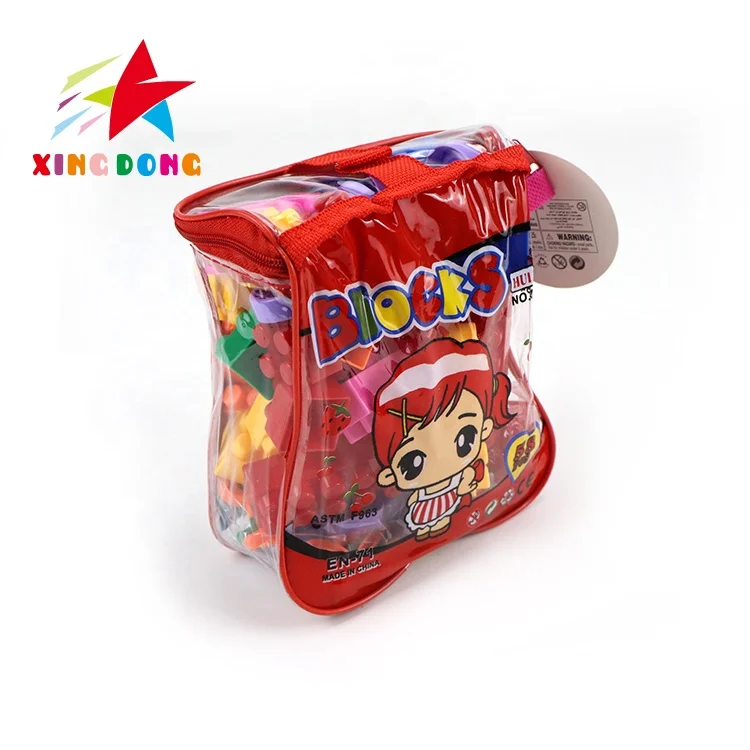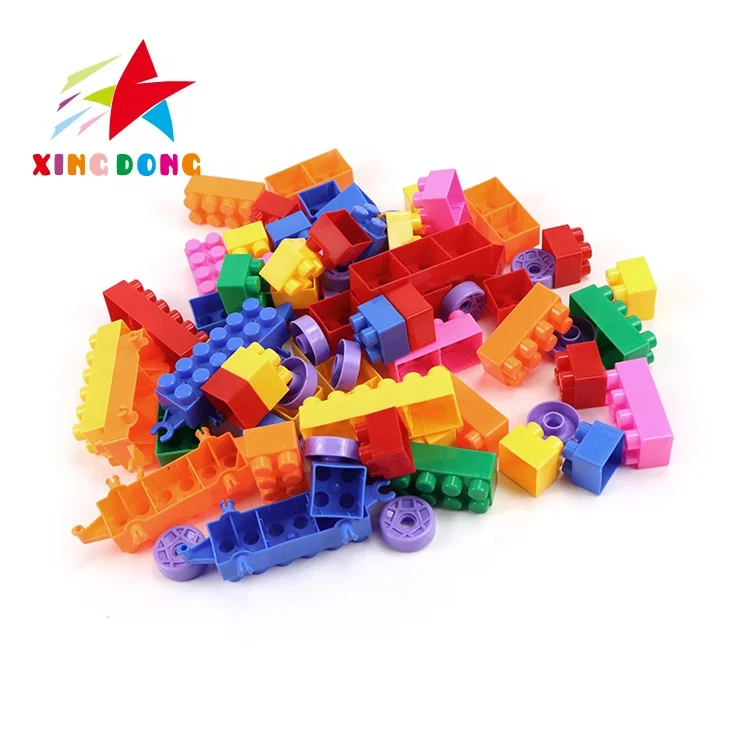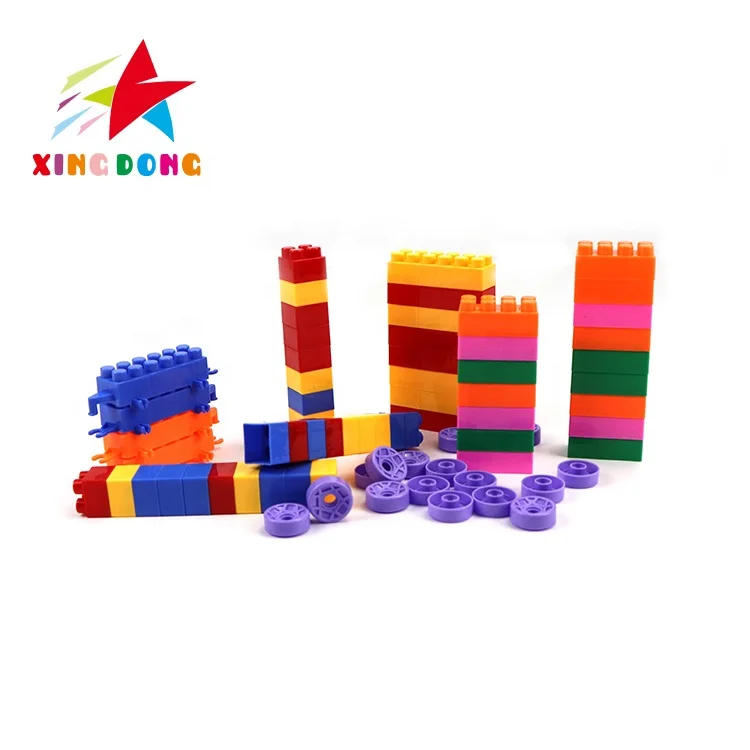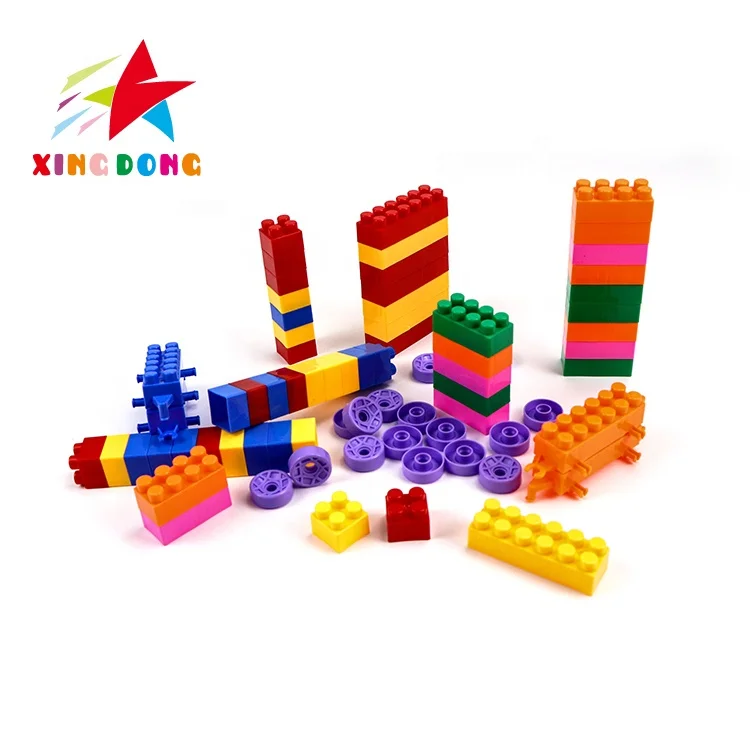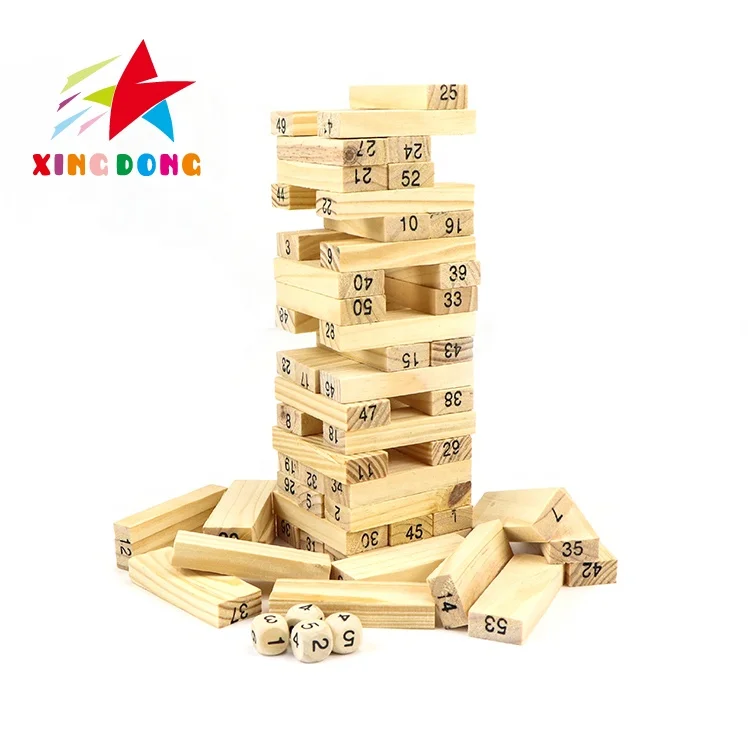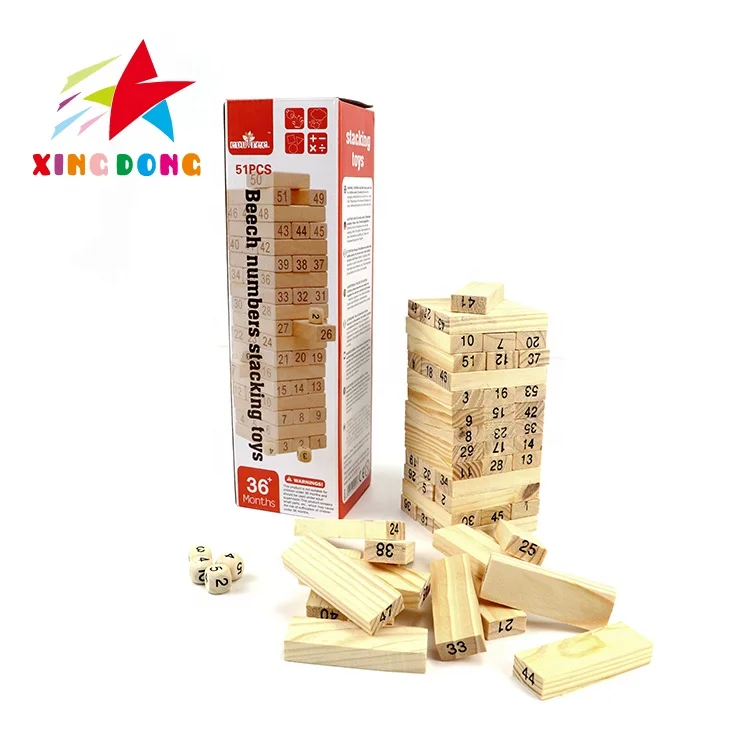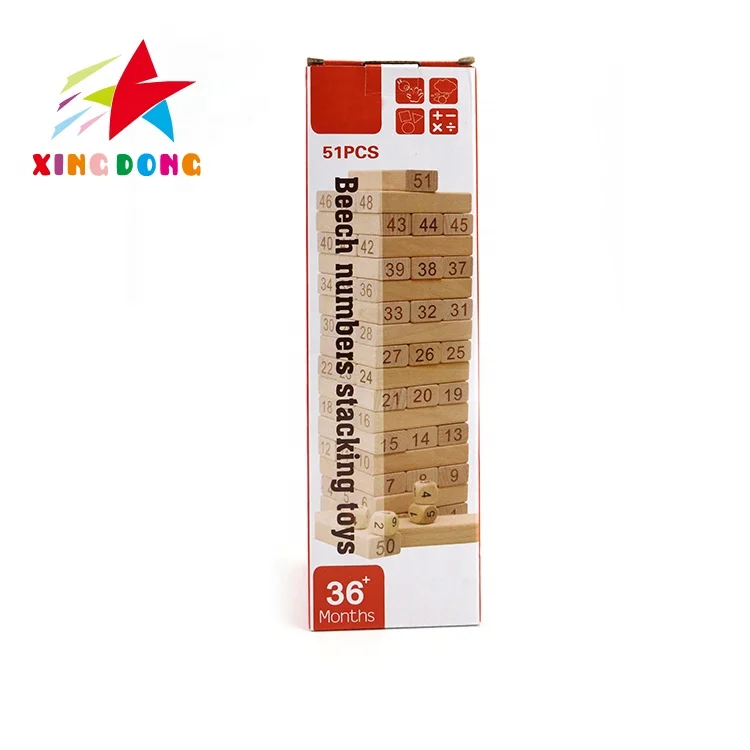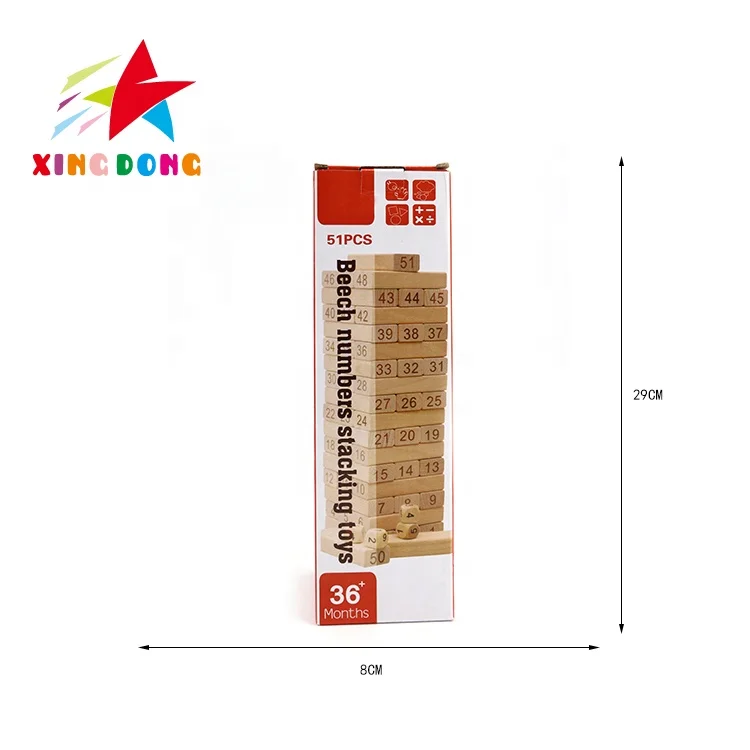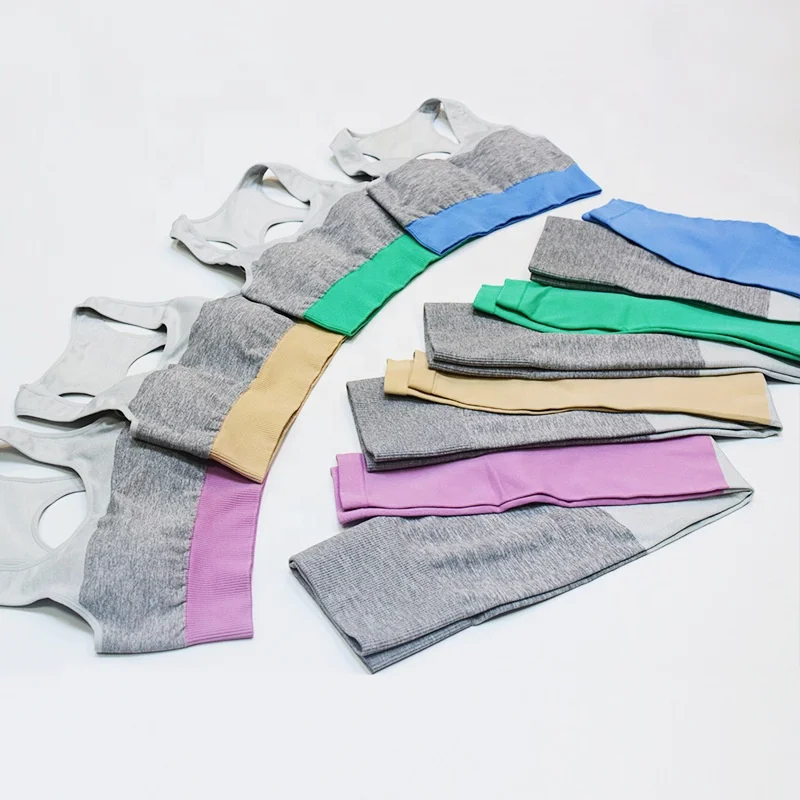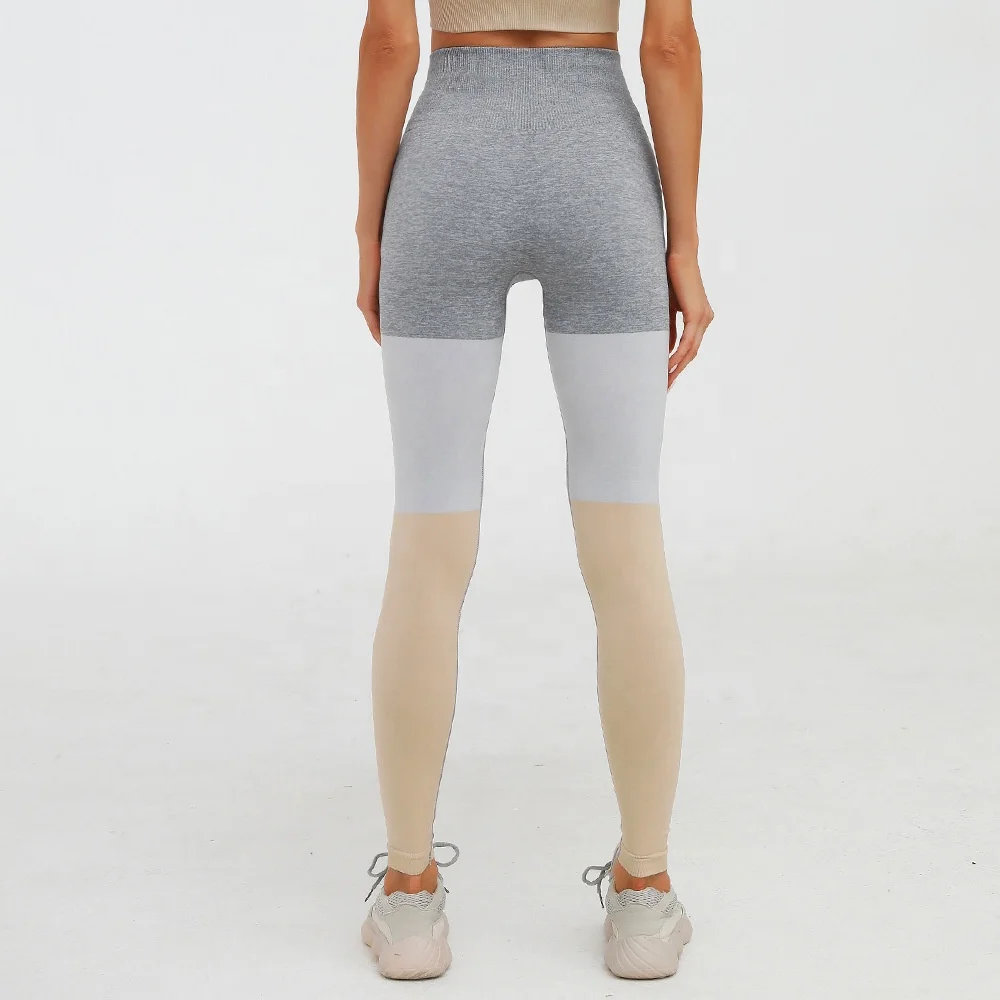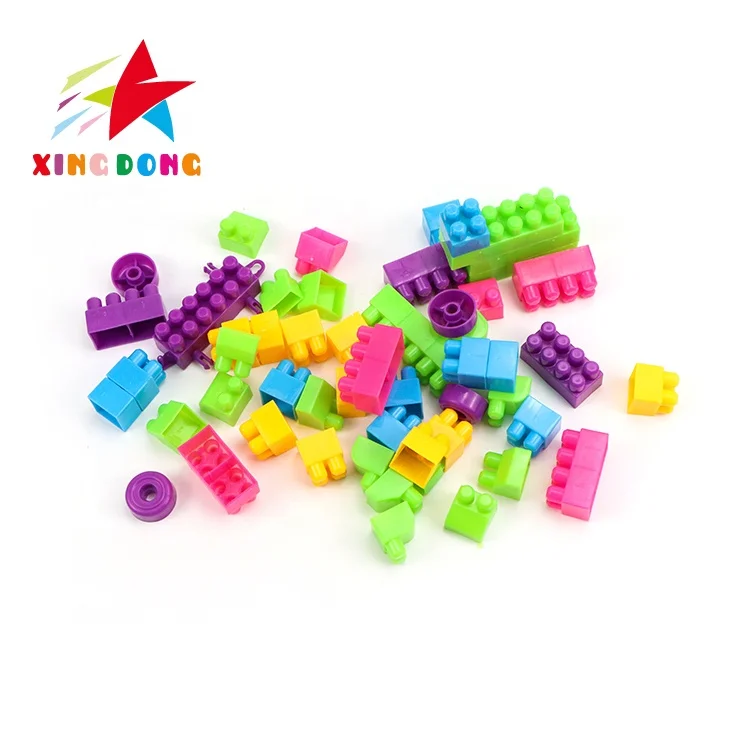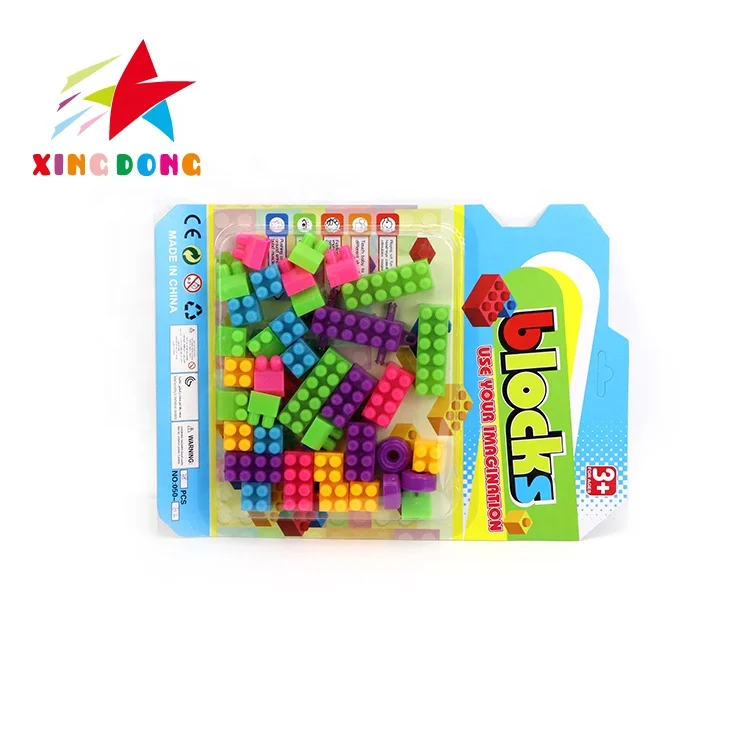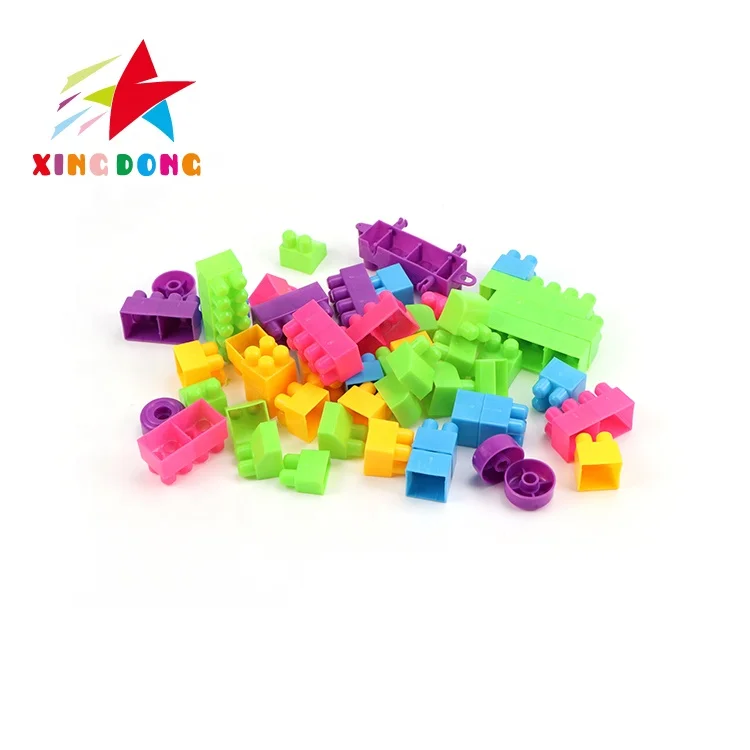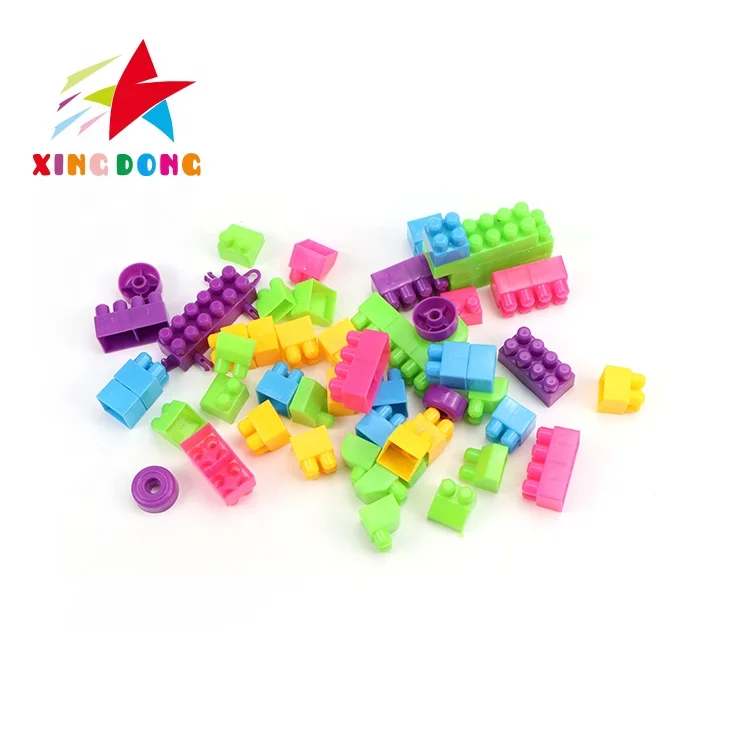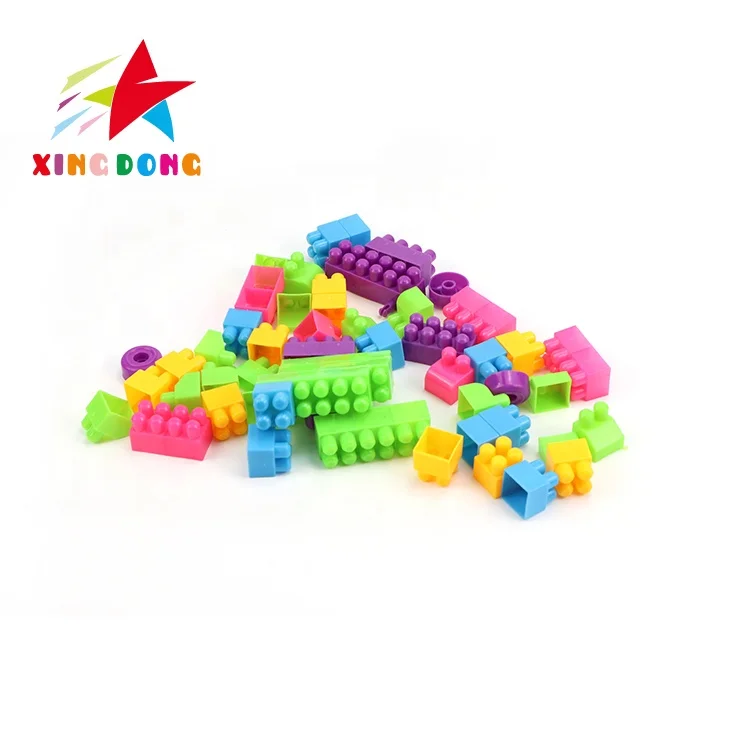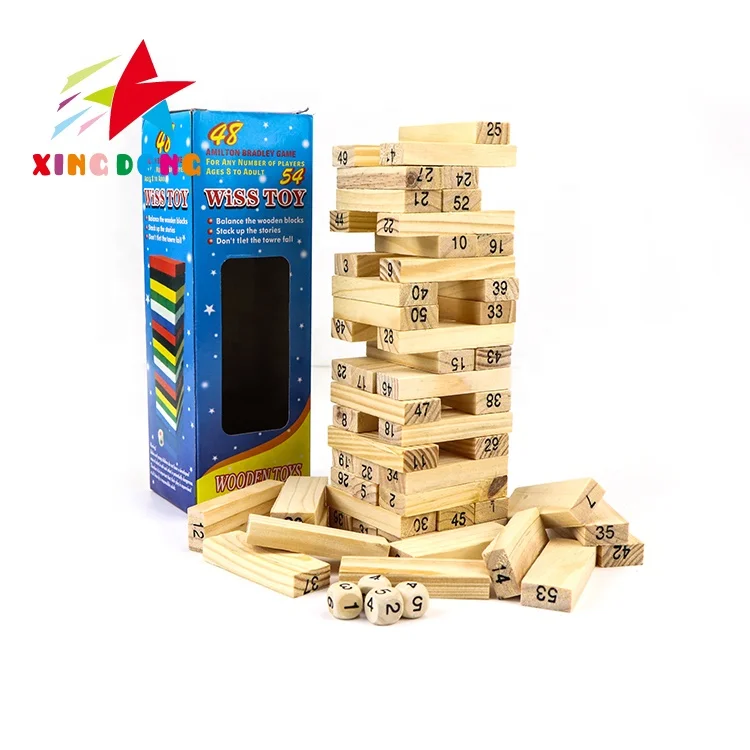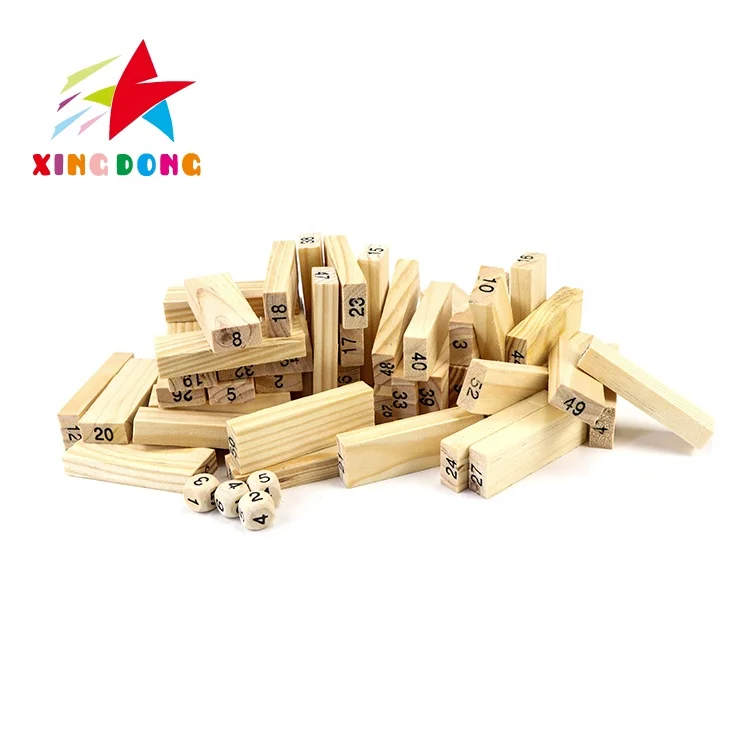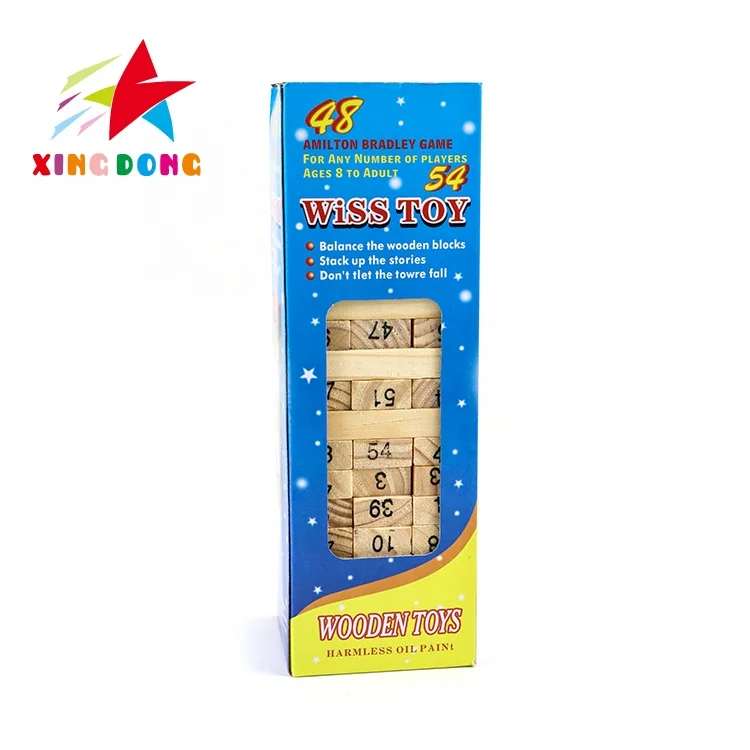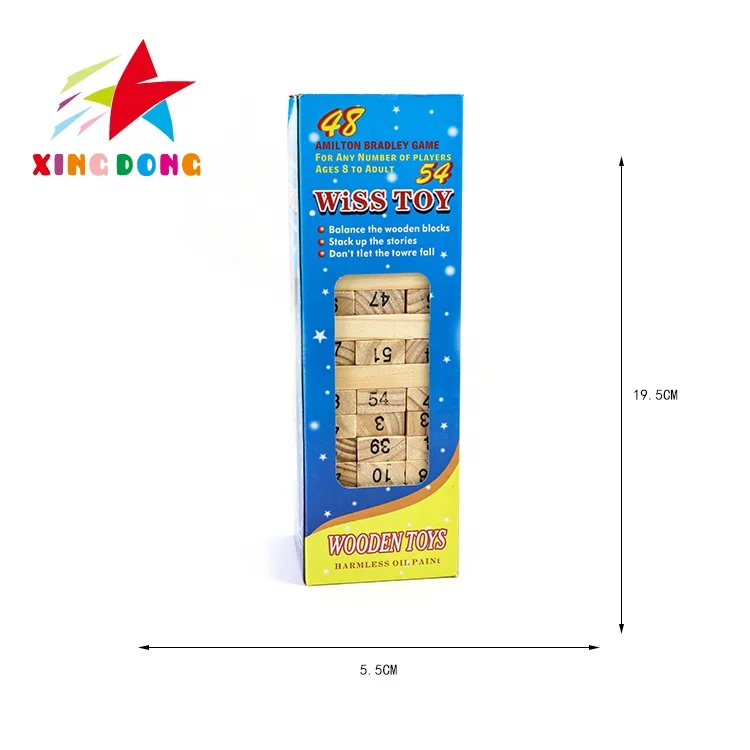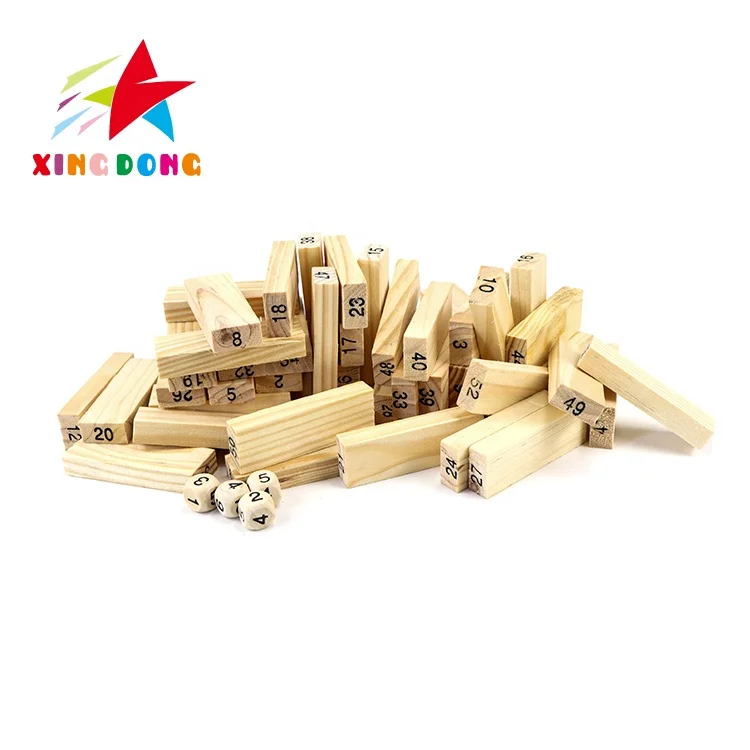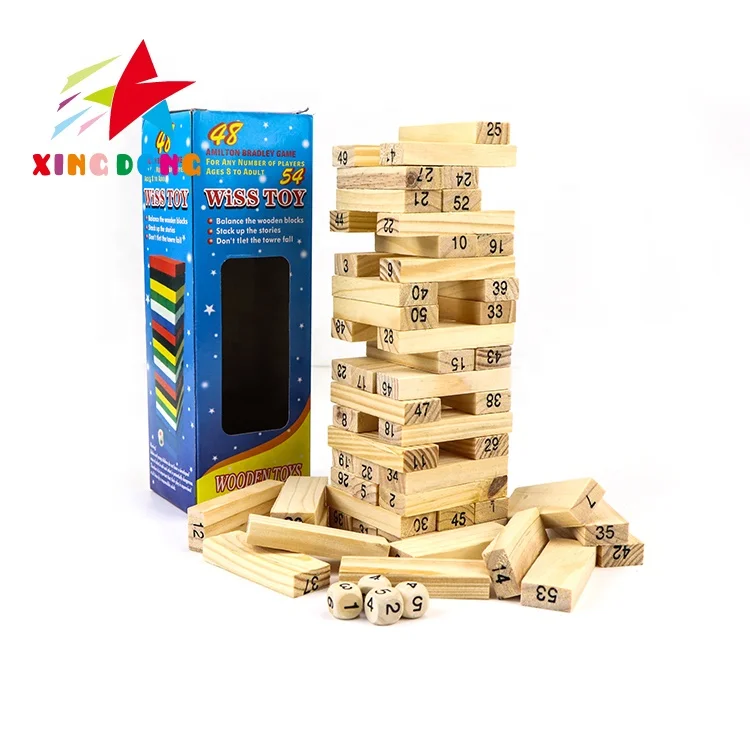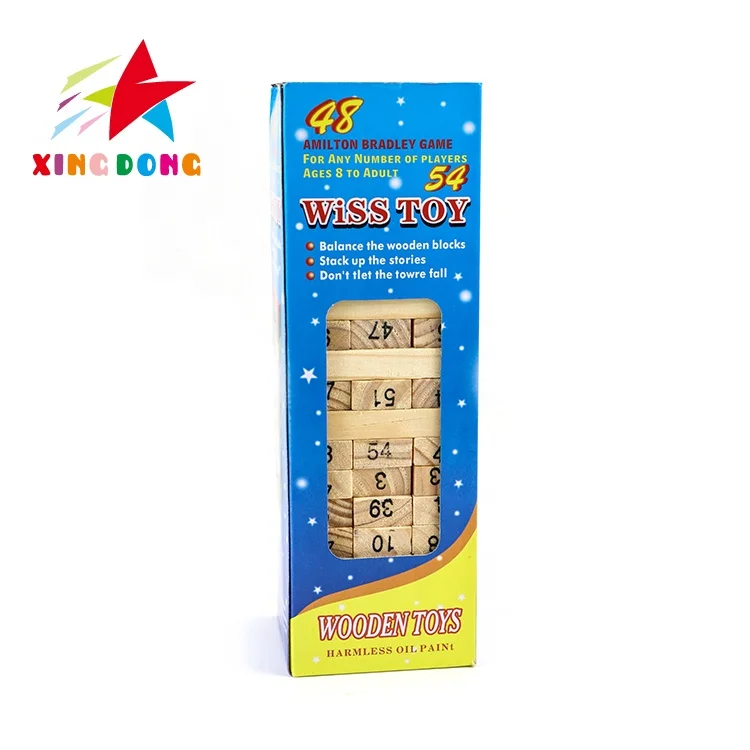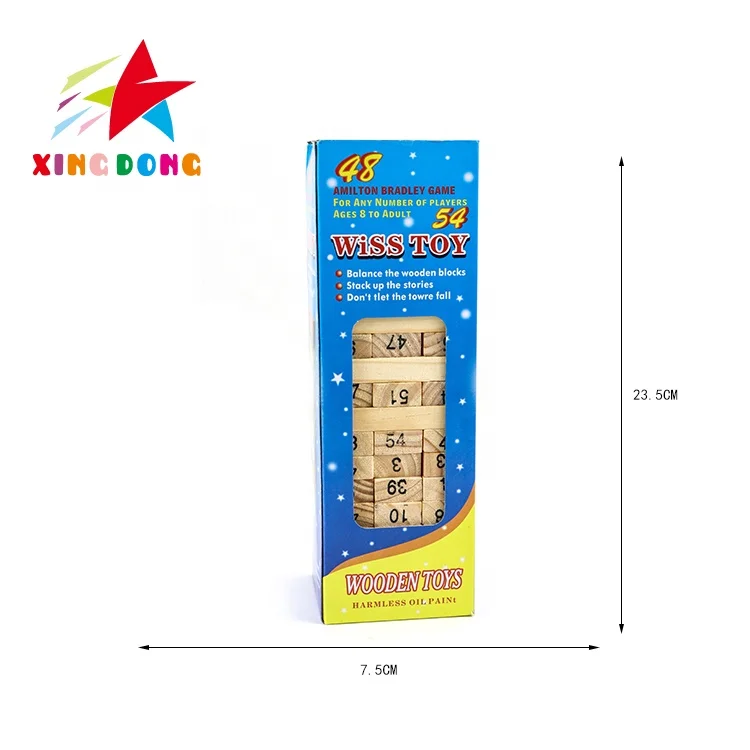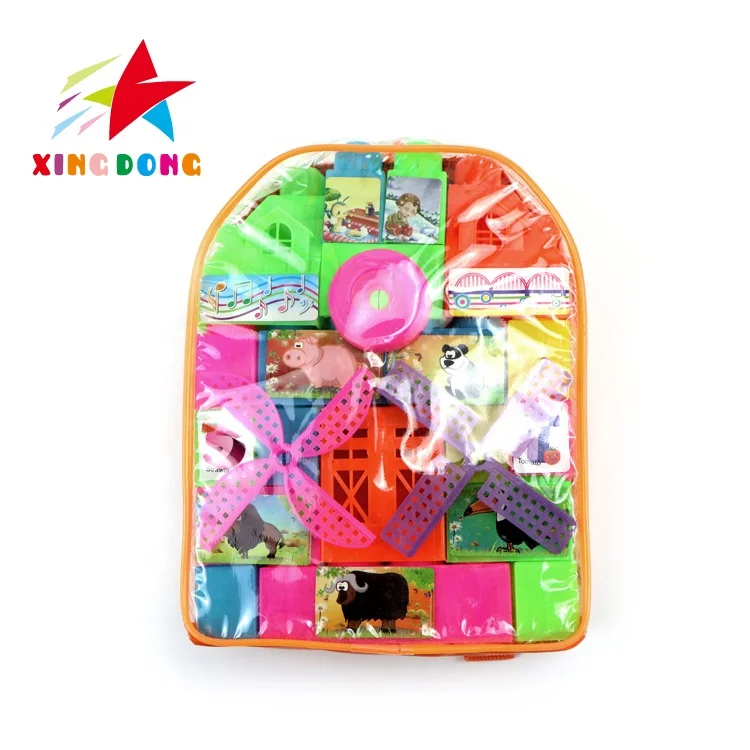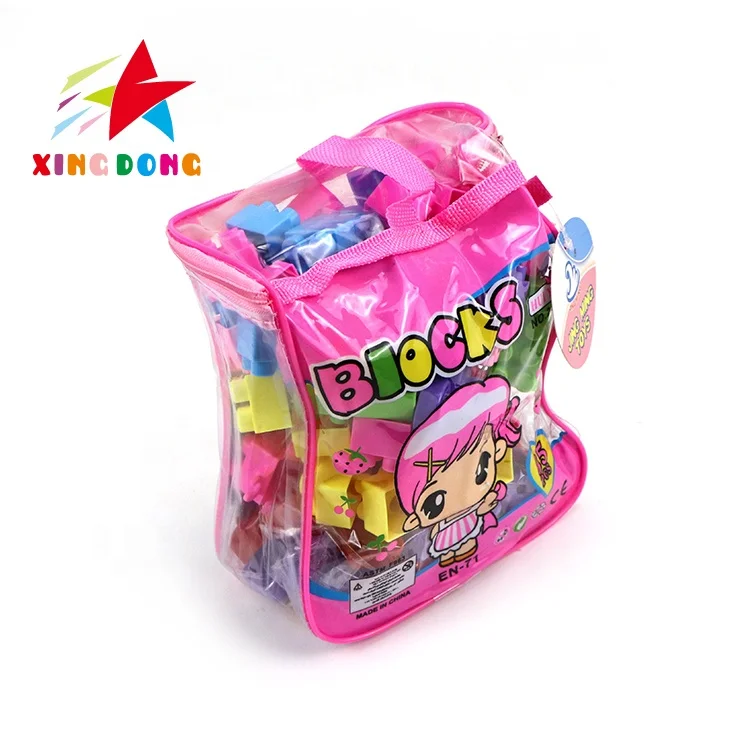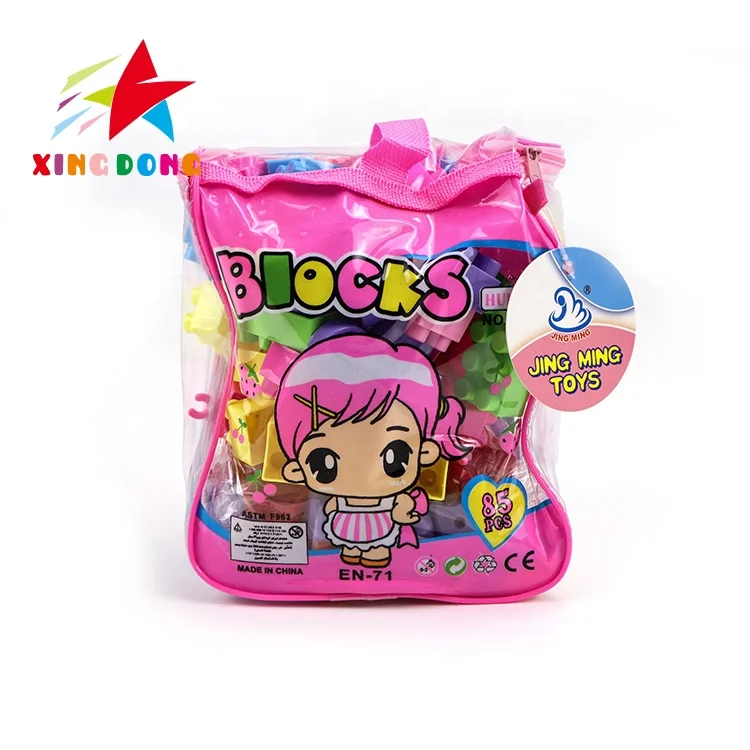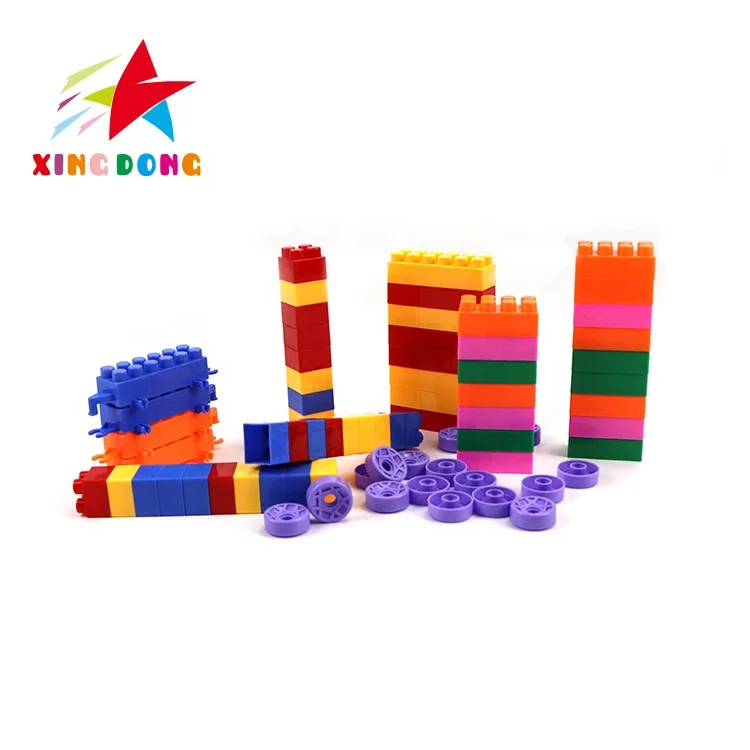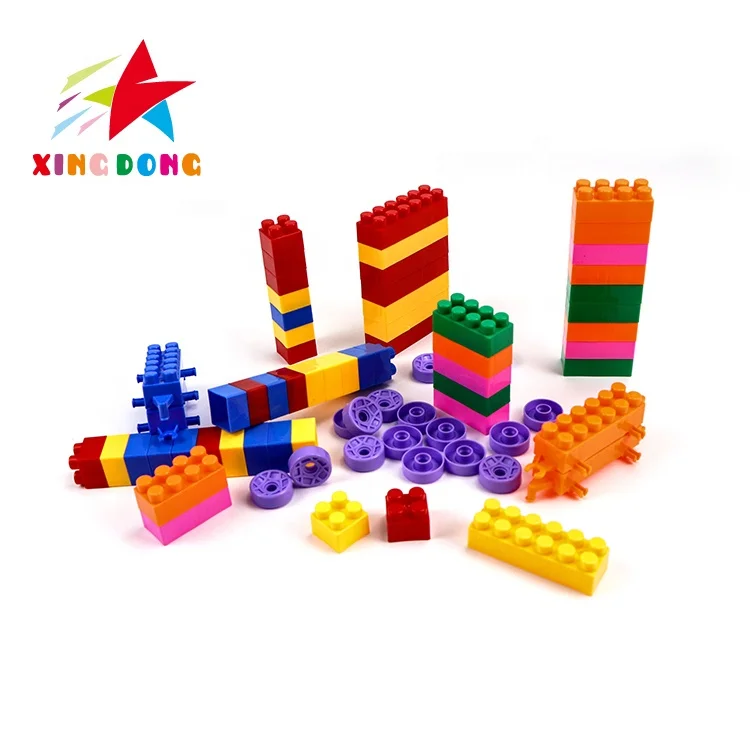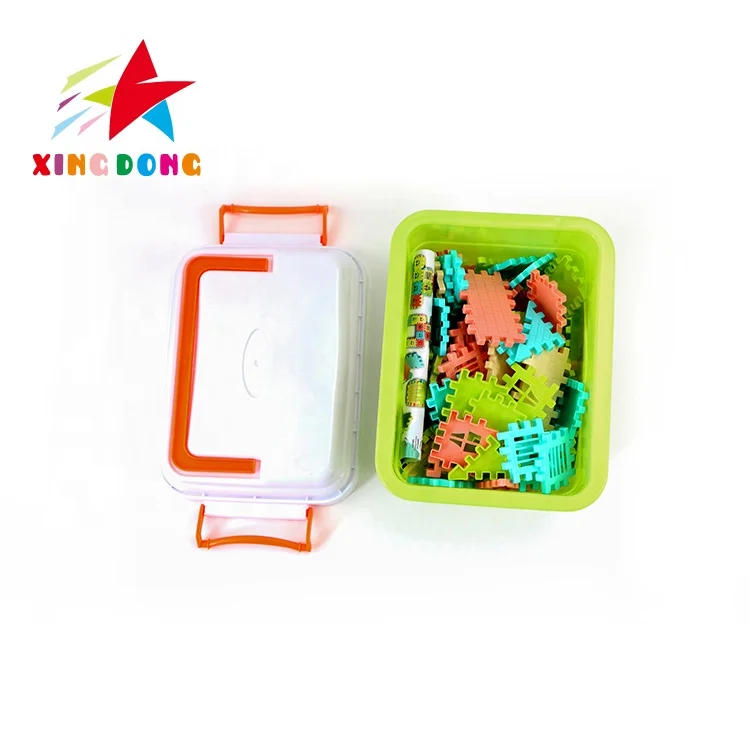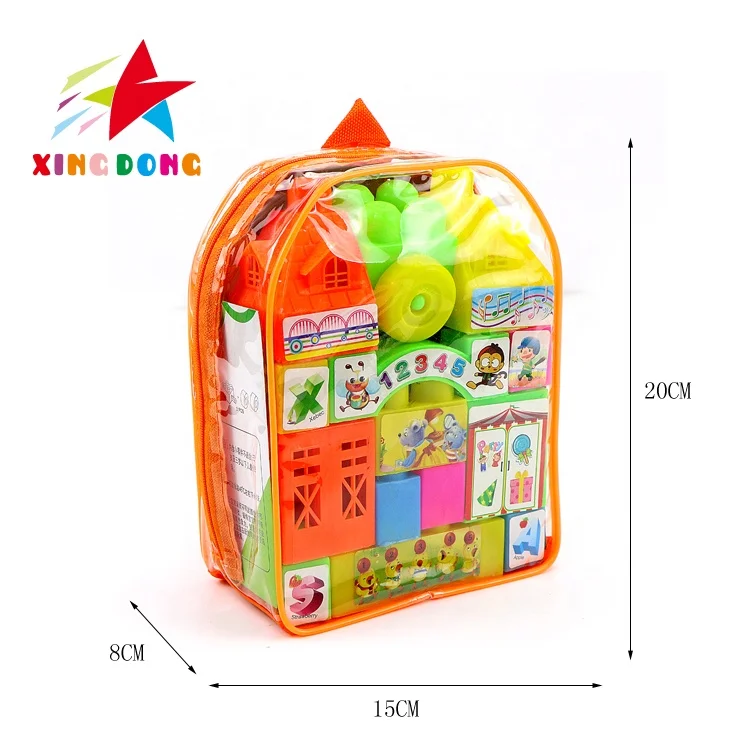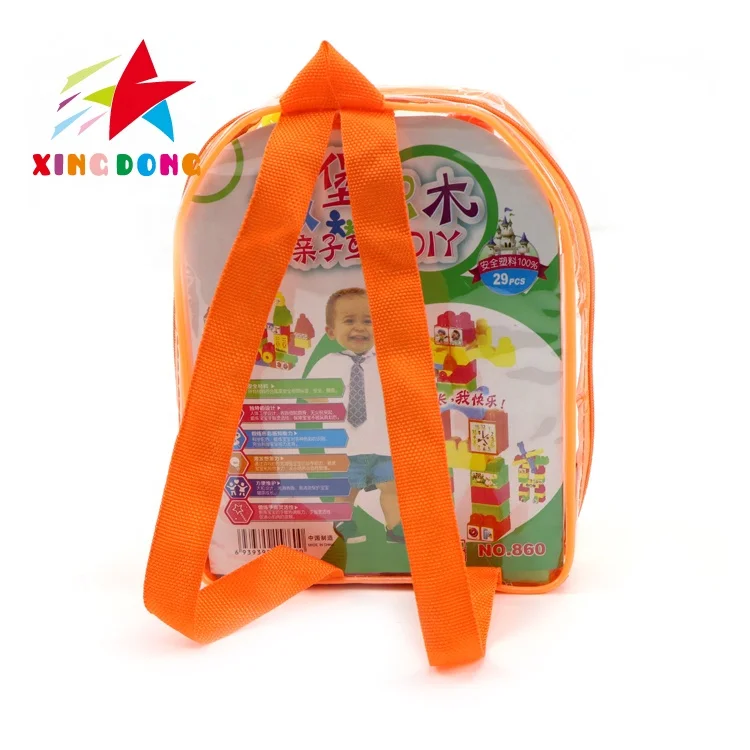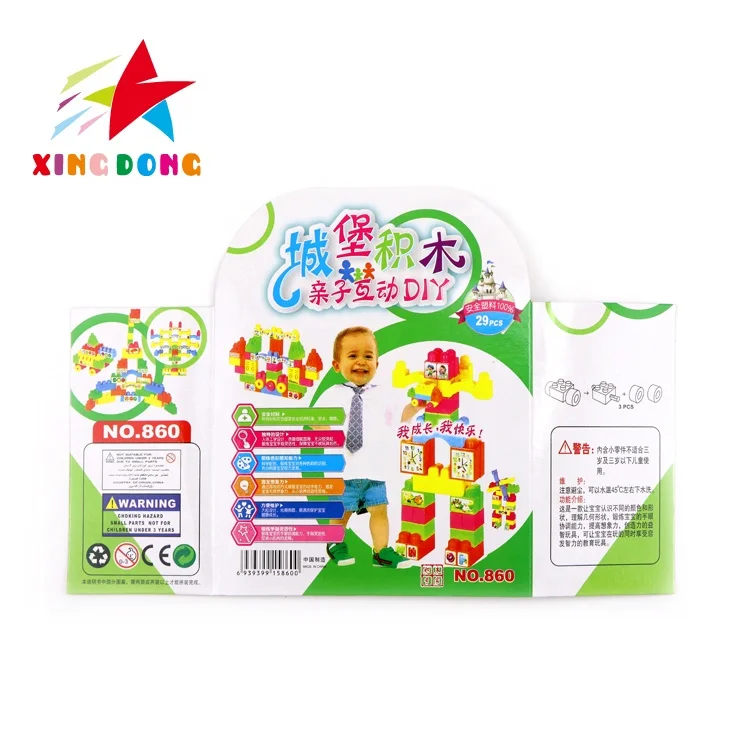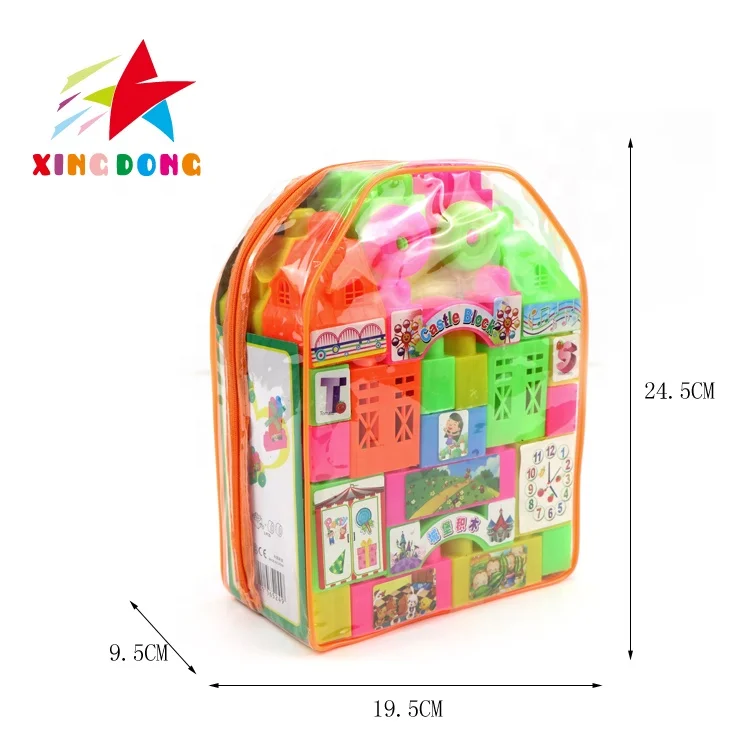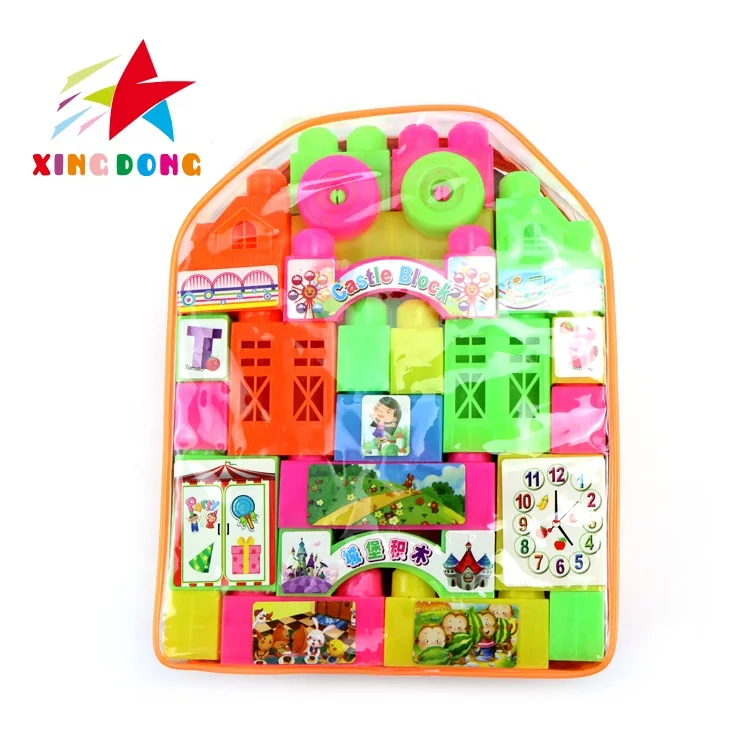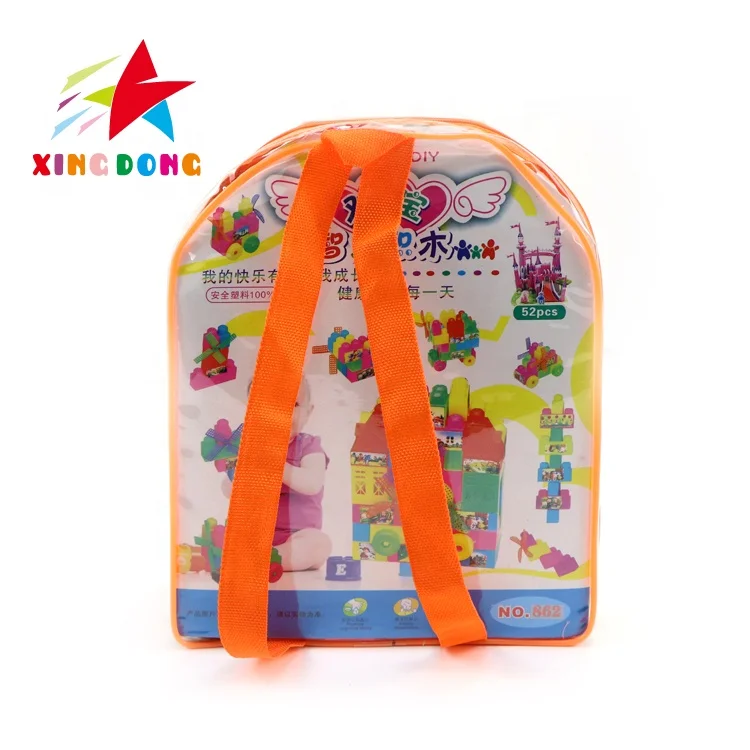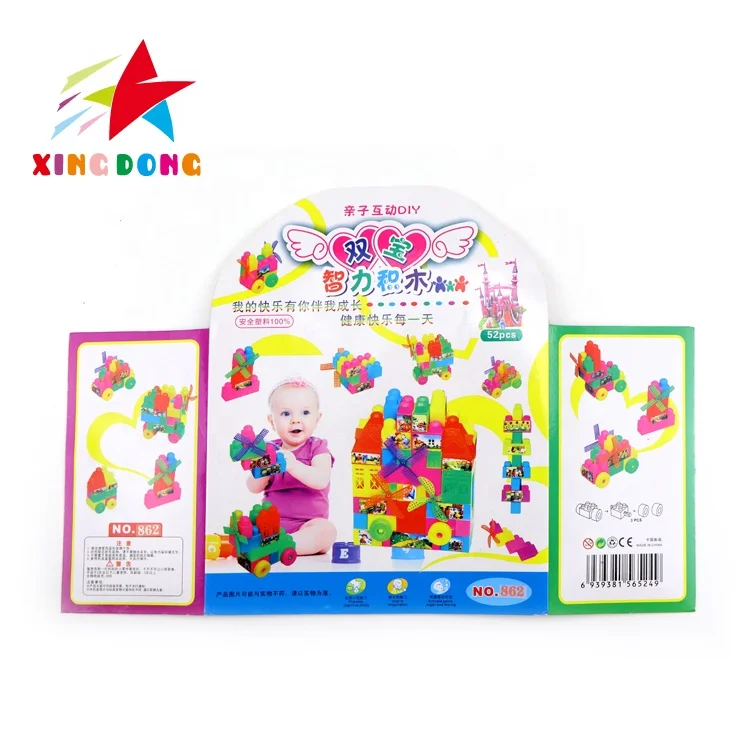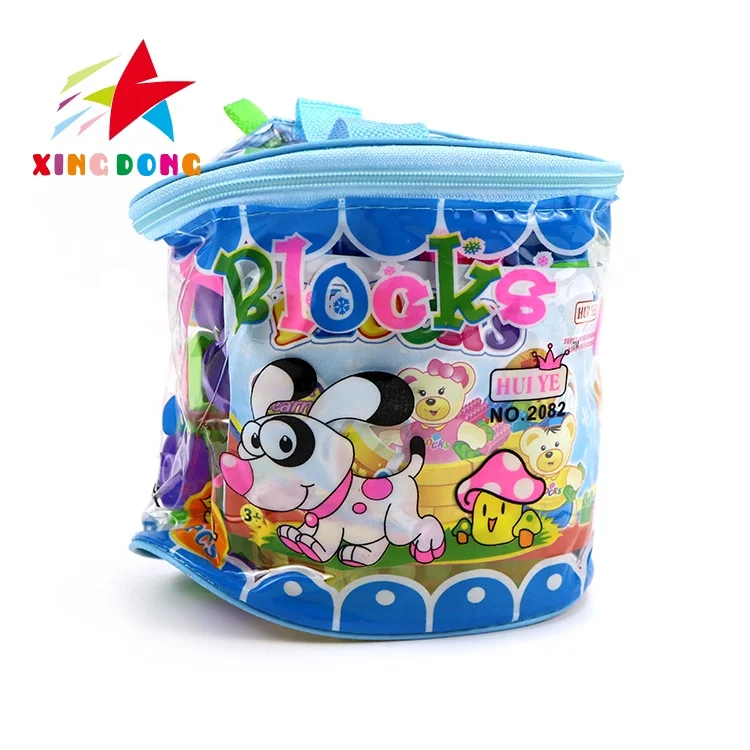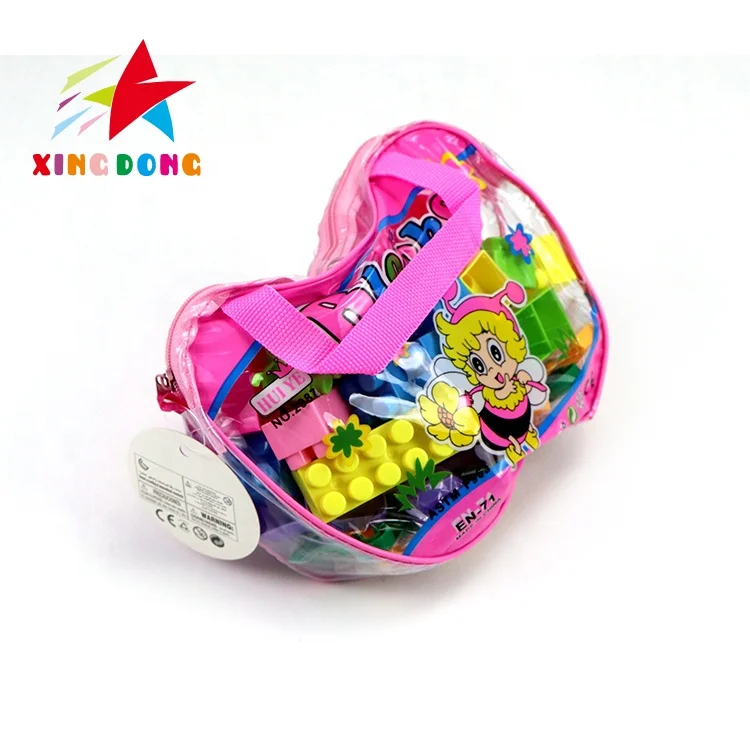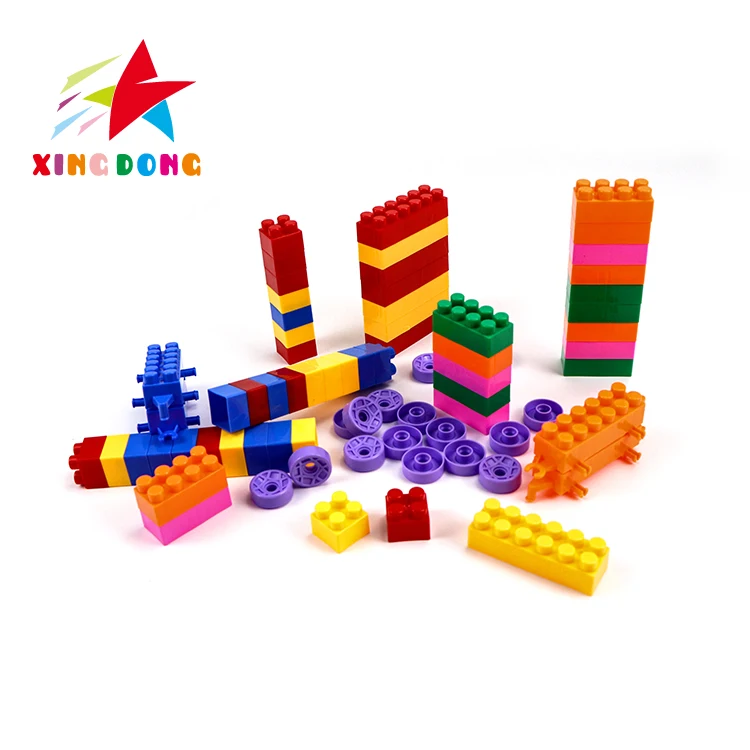Linear Guide Blocks: Types, Functions, and How to Choose the Right One
Linear guide blocks are essential components in industrial machinery, ensuring smooth and precise motion control. Whether you're sourcing from China or elsewhere, understanding their types, features, and applications can help you make an informed decision. This guide covers everything from selection tips to buyer considerations.
How to Find Reliable Linear Guide Blocks from China in 2025
Sourcing linear guide blocks from China requires careful evaluation. Look for manufacturers with certifications like ISO 9001, and check customer reviews on platforms like Alibaba. Request samples to test quality and durability. Reliable suppliers often offer customization and after-sales support.
What Buyers Should Know Before Buying Linear Guide Blocks from China
Before purchasing, verify the material (e.g., stainless steel or aluminum) and load capacity. Compare prices but avoid compromising on quality. Ensure the supplier provides clear documentation, including warranty and shipping terms. Communication is key—confirm lead times and MOQs upfront.
Types of Linear Guide Blocks
Linear guide blocks come in various types, including ball-bearing, roller, and plain bearing designs. Ball-bearing blocks are popular for high-speed applications, while roller types handle heavier loads. Plain bearing blocks are cost-effective for low-friction needs. Choose based on your machinery's requirements.
Functions and Features of Linear Guide Blocks
These blocks ensure precise linear motion, reduce friction, and enhance machinery lifespan. Key features include corrosion resistance, high load capacity, and low maintenance. Advanced models may include self-lubricating materials or integrated seals for harsh environments.
Scenarios of Linear Guide Blocks
Linear guide blocks are used in CNC machines, 3D printers, and automated assembly lines. They’re ideal for applications requiring accuracy, such as medical devices or semiconductor manufacturing. Their versatility makes them indispensable in modern industry.
How to Choose Linear Guide Blocks
Consider load capacity, speed, and environmental conditions. For high-precision tasks, opt for blocks with minimal backlash. Check compatibility with existing rails. Consult with suppliers to match the block to your specific needs.
Linear Guide Blocks Q & A
Q: What’s the lifespan of a linear guide block?
A: Typically 5-10 years, depending on usage and maintenance.
Q: Can I replace just the block without the rail?
A: Yes, but ensure compatibility to avoid performance issues.
Q: Are Chinese manufacturers reliable?
A: Many are, but always verify certifications and customer feedback.
Q: How do I maintain linear guide blocks?
A: Regular cleaning and lubrication extend lifespan.
Q: What’s the cost difference between ball and roller types?
A: Roller types are 20-30% more expensive but handle heavier loads.



